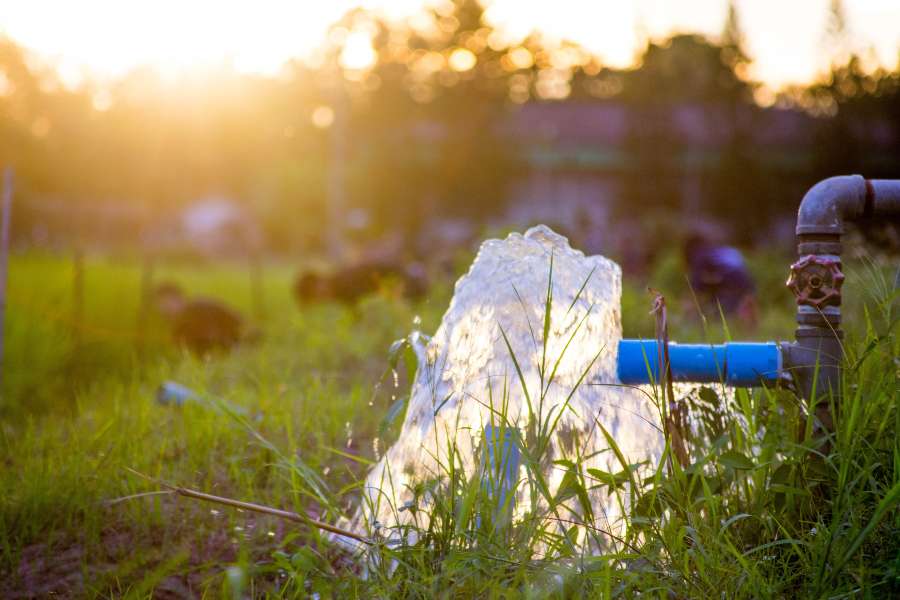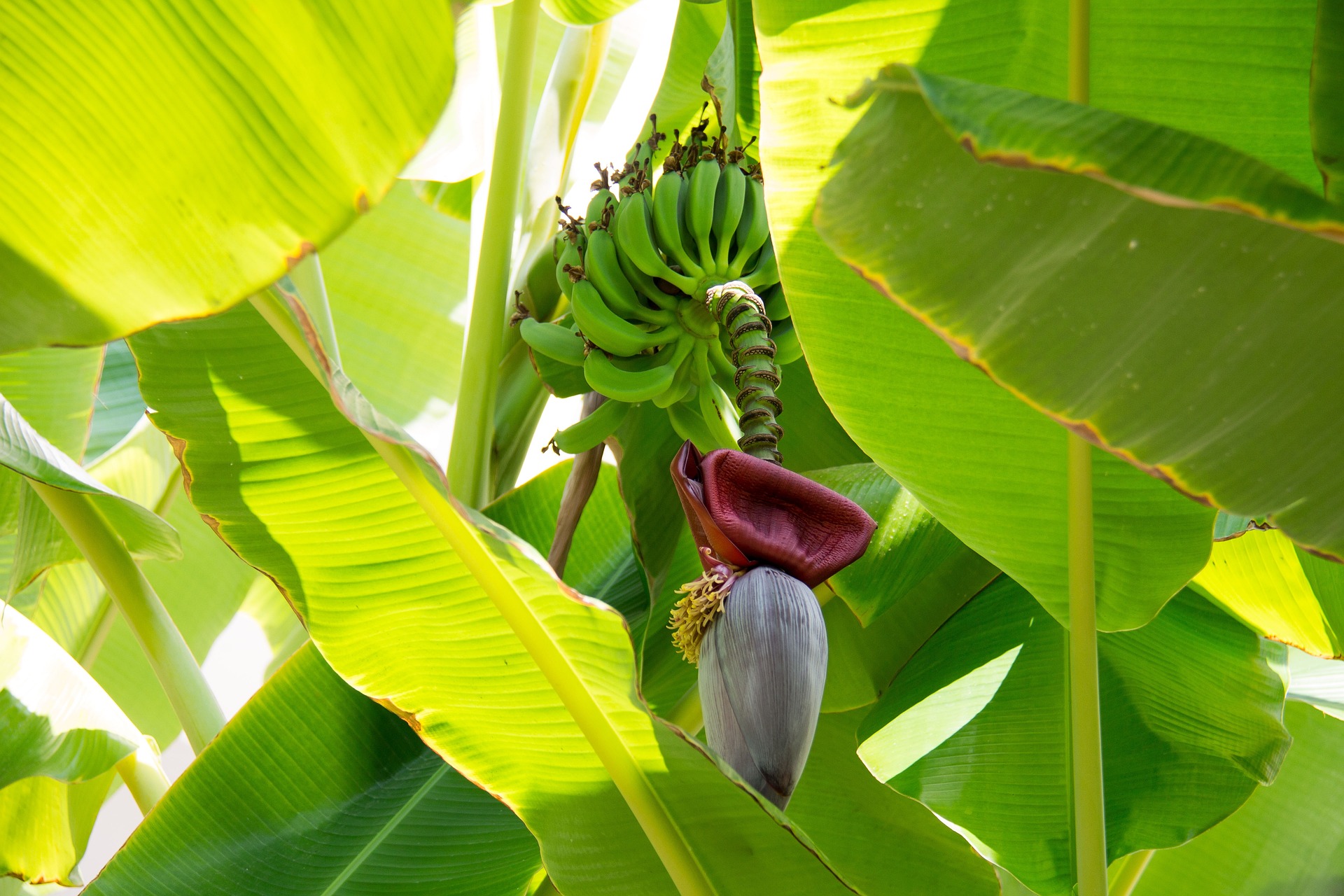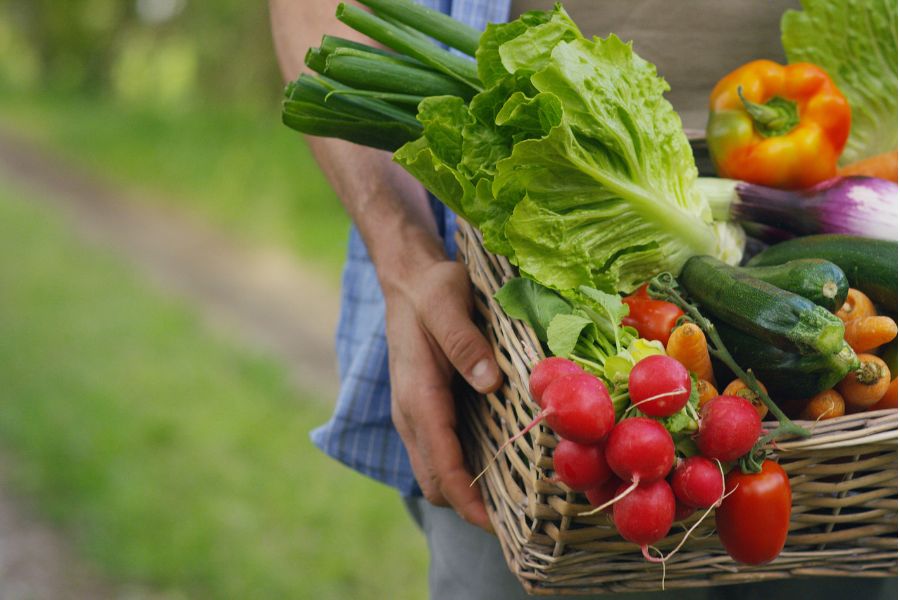India’s depleting groundwater: Time for some quick action
Agriculture has been the backbone of the Indian economy since the green revolution. It is a matter of concern that while India is among the world’s top 10 agricultural exporters, it is staring at a water-scarce future owing to groundwater depletion & climate change. This calls for holistic action on the demand and supply-side, starting from cultivation of less-water intensive crops to reforms like shifting to income pricing policies.
- The Central Ground Water Board, Government of India states that groundwater irrigation accounts for over 60% of the total area irrigated in the country and about 85% of the rural drinking water supply.
- The NITI Aayog adds that the annual per capita water availability is expected to reduce to 1,140 cubic metres by 2050. Consequently, there will be a decrease in cropping, which will ultimately cause an imbalance in food security for millions.
- Policies like offering higher MSP for water-intensive crops like rice, sugarcane & wheat, promoting exports of sugar, and offering subsidies on power to farmers have made India one of the top exporters of virtual water.
- However, correcting this situation would require India to imbibe some lessons in water management from water-deficient regions like Israel and the state of Gujarat. Additionally, India may have to critically analyze its subsidies.

Image credit: Shutterstock
That water is the elixir of life and all developmental activities is an indubitable fact. However, this resource is not endless, since its availability has been limited in the last few centuries due to groundwater depletion (primarily for agricultural activities) and climate change. At just over 260 cubic km per year, India is said to use 25% of all groundwater extracted globally, ahead of the USA and China. The Central Ground Water Board (Government of India) states that groundwater irrigation accounts for over 60% of the total area irrigated in the country and about 85% of the rural drinking water supply. Estimates also suggest that by the 2050s, water for agricultural production in the river basins of the Indus, Ganges, and Brahmaputra will reduce further and may impact food adequacy for some 63 million people. Meha Jain, Assistant Professor, School for Environment and Sustainability, University of Michigan explains:
Groundwater depletion is already having a negative impact on the production of staple grains, particularly in the winter growing season. For every 1 m of groundwater depletion, the production of winter wheat, winter maize, winter rice, and monsoon rice decreases by 2-6%. We have also found that if farmers lose access to all critically depleted groundwater, India could lose up to 20% of winter cropped area.
What makes this non-renewable resource dearer for the economy is the fact that water mismanagement could curtail India’s GDP by nearly 6% by 2050. NITI Aayog adds that the annual per capita water availability is expected to reduce to 1,140 cubic metres by 2050. This is well below the internationally recognized threshold of water stress of 1,700 m3 per person Another study revealed that by 2025, large areas of the north-western and southern parts of the country will have “critically low groundwater availability”, leading to a decrease in cropping, that will ultimately cause an imbalance in food security for millions.
By 2025, agricultural productivity is going to drop by 68% in over 1/3rd of the country’s districts that are under water stress in all likelihood. This is significant as agriculture constitutes 20.2% to India’s GDP & employs around 50% of the nation’s labour force. Thus, there’s a pressing need to arrest this situation. But before exploring the possible solutions, the root cause of this manmade crisis needs to be understood.
Projected water demand in India in 2050
| Sector | Water demand in billion cubic meter as per the Ministry of Water Resourses |
| Irrigation | 1072 |
| Drinking water | 102 |
| Industry | 63 |
| Energy | 130 |
| Other | 80 |
| Total | 1447 |
Source: The Ministry of Statistics and Programme Implementation
Green revolution, subsidies and India’s virtual water trade
Within the first two decades of its infancy as an independent nation, India embraced the Nehruvian vision of rapid industrialisation being the most effective way to win the battle against mass poverty. This focus on industrialization coupled with weather-induced vagaries, led to a massive food crisis in the mid-1960s. While India received food assistance from the United States government’s Public Law 480 food aid program, it saw this sceptically as a threat to its long-term sovereign interests. This paved way for the advent of Green Revolution in India. Within a decade or so, India transformed itself from food scarcity to food security, with farmers in Punjab and Haryana particularly gaining from the move. In addition, support from the Indian state has helped India cement its position as a leading agricultural exporter.
There are 23 agricultural commodities listed by the central government under the minimum support price (MSP) currently. However, when the concept was mooted, it was to incentivize Punjab’s farmers to use the dwarf ‘miracle’ wheat varieties and later rice varieties. In the ensuing years, a lot of farmers took to the heavy chemical fertilizer-centric cultivation of these 2 crops, as rice and wheat fetched relatively more assured incomes. This eventually led to both soil degradation and groundwater depletion. Further, until recently, India was offering export subsidies to the sugar industry.
Another well-intentioned move of the Indian government, which has led to unintended consequences, is power subsidies for pumping groundwater (eg: Uttar Pradesh, Punjab, Haryana & West Bengal). The table below shows the power supply to the agricultural sector during January 2021. It indicates that a lot of states, such as Delhi, UP, and West Bengal are allowing farmers access to electricity for almost 75% of the day. These are leading to the depletion of aquifers in stressed areas. It notes that numerous states affected by depletion of groundwater provide free or heavily subsidized power (including solar pumps) for pumping groundwater for irrigated agriculture.
Power supply to the agricultural sector during January 2021
| State/UT | Average hours of supply |
| Delhi | No restriction |
| Chandigarh | No restriction |
| Haryana | 8:46 hours/day |
| Punjab | 4:51 hours/day |
| Rajasthan | 06:30 hours/day |
| Uttar Pradesh | 18 hours/day |
| Chhattisgarh | 24 hours/day |
| Gujarat | 8:38 hours/day |
| Maharashtra | 9 hours/day |
| Telangana | 24 hours/day |
| Tamil Nadu | 9 hours/day |
| Bihar | More than 22 hours/day |
| Odisha | About 20 hours/day |
| West Bengal | About 23 hours/day |
Source: Central Electricity Authority
Today, India is a leading producer and exporter of commodities like rice, cotton, sugar and meat. It was the 9th largest agricultural exporter in the world, according to the WTO, owing to its sizeable share in the global export of rice, cotton, soya beans and meat. Further, the export of agriculture and allied products during 2020-21 grew by 17.34% to US$ 41.25 billion. A careful analysis of India’s agricultural exports will reveal that India is a leader in exports of water-intensive crops like rice, sugar and cotton.
In a recent study, researchers from Anna University, Chennai, found that India exported 26,000 million litres of virtual water on an average every year between 2006–2016. The World Bank also notes that despite looming water scarcity, India is the largest net exporter of virtual water (the amount of water required to produce the products that India exports) and has one of the most water-intensive economies.
Water requirement of different crops
Crop |
Water requirement (mm) |
Crop |
Water requirement (mm) |
|
| Rice | 900-2,500 | Chillies | 500 | |
| Wheat | 450-650 | Sunflower | 350-500 | |
| Sorghum | 450-650 | Castor | 500 | |
| Maize | 500-800 | Bean | 300-500 | |
| Sugarcane | 1,500-2,500 | Cabbage | 380-500 | |
| Groundnut | 500-700 | Pea | 350-500 | |
| Cotton | 700-1,300 | Banana | 1,200-2,200 | |
| Soybean | 450-700 | Citrus | 900-1,200 | |
| Tobacco | 400-600 | Pineapple | 700-1,000 | |
| Tomato | 600-800 | Gingelly | 350-400 | |
| Potato | 500-700 | Ragi | 400-450 | |
| Onion | 350-550 | Grape | 500-1,200 |
Source: Agropedia
Time for some out of box strategies
India could adopt the twin approach of embracing crop diversification and undertaking the cultivation of less water-intensive crops like peas, onions, millets, beans, ragi, bajra and sunflowers; or increasing the share of manufacturing and services sectors in its exports. A study by NABARD & ICRIER suggests that even if India has to cultivate rice, it must shift its cultivation from the states of Punjab and Haryana to the rainfed states of Chhattisgarh and Jharkhand. Similarly, wheat must not be cultivated in the dry regions of Madhya Pradesh, Maharashtra and Gujarat. At the same time, it should invest in imparting education to its farmers so as to sensitize them about the moisture requirement of plants and the importance of crop diversification. Agri-entrepreneur, Chalasani Bhaskar explains:
“On the demand side, the farmers must adopt mechanisms like drip irrigation and rain water irrigation to efficiently utilise this scarce resource. On the supply side, there needs to be a shift in subsidies from the subsidies being provided from water-intensive crops to crops that use less water and charging water that goes to the farms so that farmers start valuing it.”
A case in point is Gujarat, a water deficient state with only 2% of the country’s water resources and 5% of the country’s population. Yet, it ranked first in water management in NITI Aayog’s 2019 edition of the Composite Water Management Index due to the serious efforts made w.r.t. source augmentation, source management and distribution management. Some of the notable initiatives include the Sujalam Sufalam Yojana (a water conservation scheme), Gujarat Green Revolution Company (to educate the farmers in adoption of scientific water management techniques), Jal Sanchay Abhiyan (a drive for storage of water), and Bhungroo (a water management initiative made successful through local governance).
Some startups in India are also coming up with innovative solutions to address the paucity of water. WEGoT, a social impact startup, has developed VenAqua, an economical ultrasonic sensor, that helps users to capture and understand water availability from different sources, their real-time water use patterns, leaks and wastages, and thereby save water and costs. It has helped save over 300 million liters of water in 20,000+ homes since 2015. Similarly, Khyeti came up with a modular Greenhouse-in-a-Box to help small and marginal farmers to produce 7 times more output with 90% less water and costs only 50% of what a regular greenhouse would.
Further, India can also draw inspiration from countries like Israel, having 60% deserts as its topography. Today, it is a global leader in water management and technology. This is due to various measures such as educating citizens through TV campaigns, water recycling, water metering, imposing water tariffs, river rehabilitation, seawater desalinisation and so forth. Israel ranks first in the world in terms of wastewater recycling.
In the field of agriculture, the trend has been to utilise more recycled and storm water to irrigate crops. Further, the Israelis are developing new methods of irrigation (especially, drip irrigation system) and crop cultivation. This has been on account of the close collaboration and interaction between Israeli agricultural research institutes, farmers, and extension services.
Lastly, as suggested by the NABARD-ICRIER study, India must also consider some policy reforms. For example, it may consider charging water consumption in order to promote its rational use. At the same time, the power sector also needs price policy reforms. Increasing the procurement price of less water intensive crops like millets can also help farmers take up the cultivation of these crops.
The government may also consider shifting from price policy of heavily subsidizing inputs to direct benefit transfer of input subsidies to prevent the wastage of precious resources. It might also fix the upper limits of national VWT. The local governance institutions can also be roped in for efficient water management practices. It is only with timely and effective implementation these measures that India can save itself from a water-starved future.













Leave a comment